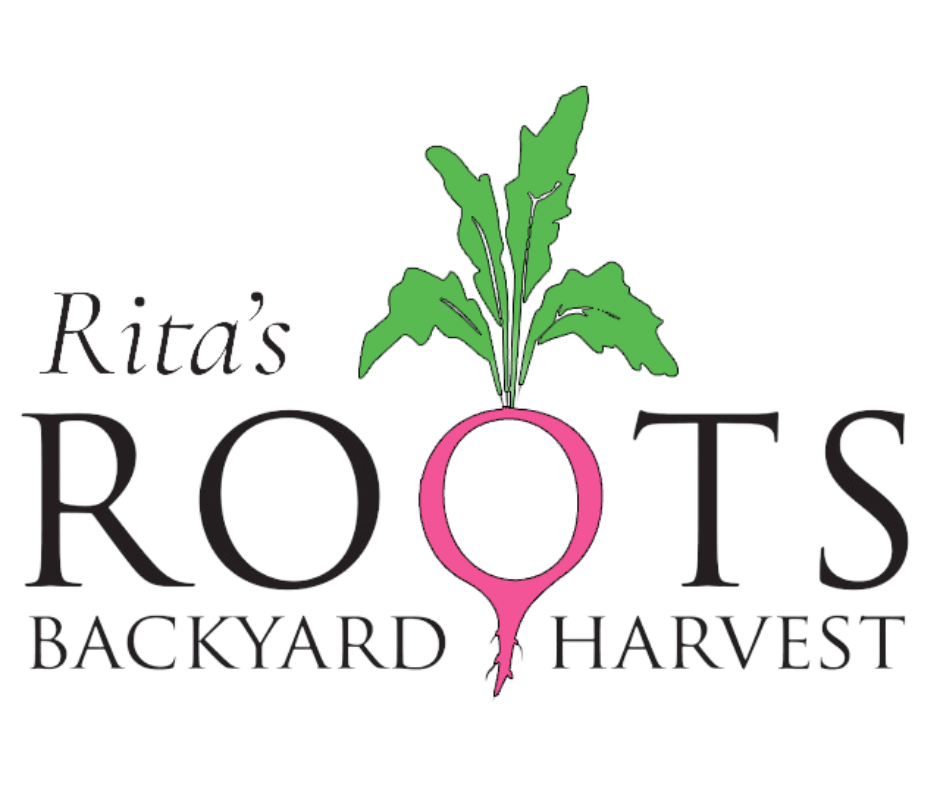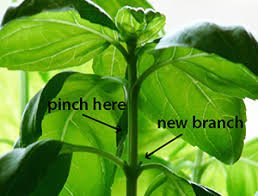When to Harvest Vegetables
Few things are more frustrating than watching, waiting and caring for your plants for weeks and weeks only to have the harvest ruined before it ever gets to the table.
If you wait too long to harvest lettuce, it will bolt and taste bitter. If you harvest a watermelon too soon, it won’t be sweet.
Knowing when and how to harvest is part science, part art.
We certainly encourage you to note the expected days to maturity in your gardening journal. But observation will be your best tool.
At Rita’s Roots, we’ve taught hundreds of clients what to look for as they walk through their gardens each day. We’ve learned through trial and error so that we can take the guesswork out of gardening for you.
TIMING
The best time to harvest is early in the morning before the sun has been shining on the plants for very long. Evening after the sun is off of the plants will work too.When the vegetables are hot, water runs out of them.
If you harvest them when hot, they’ll wilt quickly.
TOOLS
I’m a big advocate of having good gardening tools.
Keep a couple of buckets dedicated for harvest whether it’s a big bowl or a 5-gallon bucket. If using a metal bowl, be sure to move it indoors or in the shade as soon as possible.
Metal bowls get hot in the sun and will cause your greens to wilt. Other tools we love include bonsai scissors and felco clippers. Great tools make gardening so much more enjoyable.
We have sourced some of our favorite tools to sell in our online shop.
BOTTOM UP VS. TOP DOWN
To prolong production, harvest your greens from the “bottom up” by only taking the outer leaves from the plants.
You can remove half of the leaves and they will grow back and keep producing for an entire year. We call them the “cut and come again” plants.
The kale and parsley will produce for the year if they are kept pest free, but many of the greens will bolt, such as lettuce and arugula, and will need to be replanted each season
Greens such as lettuce, arugula, kale, collards, Swiss Chard and spinach can all be harvested this way. The cool season herbs, such as parsley and cilantro, should also be harvested from the bottom up.
Most of the warm season/Mediterranean herbs should be harvested from the top down. Do this by taking the leaves from the center of the plant.
For basil, for example, clip the leaves in between nodes to create a bushy plant. Thyme, oregano, sage, rosemary and lavender all are harvested using the “top down” method.
BOLTING
Have you ever noticed when a plant shoots up a flower stalk right in the middle? That’s called bolting, and it happens as a plant completes its life cycle.
When a plant starts to bolt, it’s time to harvest whatever is left. Most plants, including arugula, kale, and collards, are still edible during the bolting stage. Lettuces, however, become bitter.
WASHING + STORING
Properly harvest and store your vegetables and they will last for weeks or even months.
First, discard any yellow or brown leaves before you even bring them into the house. Also shake or rinse off as much dirt as possible outside.
Once inside, fill a big bowl with water and swish the greens around. Let all of that dirt and debris fall to the bottom of the bowl.
Here’s where I see many people make a mistake by dumping out the water. If you dump, you’ll just dump all that sediment back on the greens. Instead, lift the harvest out and set in a colander.
Cauliflower, broccoli, and brussels sprouts will be really clean because they have not touched the soil, but greens may require two rinses.
Put your greens in a salad spinner or lay on a big towel to dry as much as possible. Then, put them in a plastic bag or container of some sort to hold moisture in and prevent wilting.
For some plants, such as berries and sweet potatoes, you should only wash them when you are ready to eat them.
WE TAKE THE GUESSWORK OUT OF GARDENING
We get many questions about harvesting inside of our private Facebook Group for Members of the Garden Growers Club. The Club is our online membership community where we provide accountability and expertise to keep you on track throughout the growing season.
Members receive a newsletter every other week, access to our Facebook Group, and discounts off of plant sales and classes.

